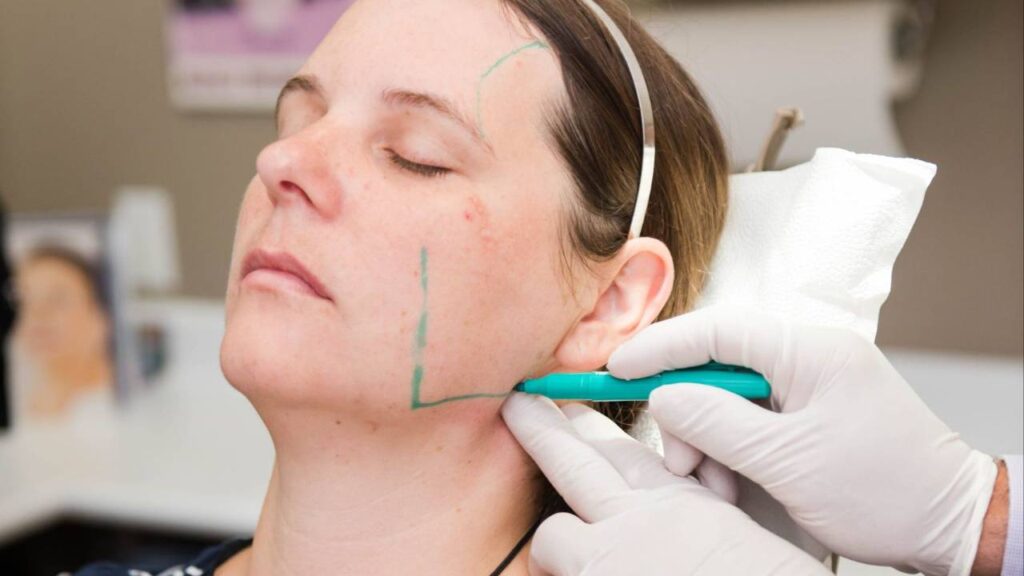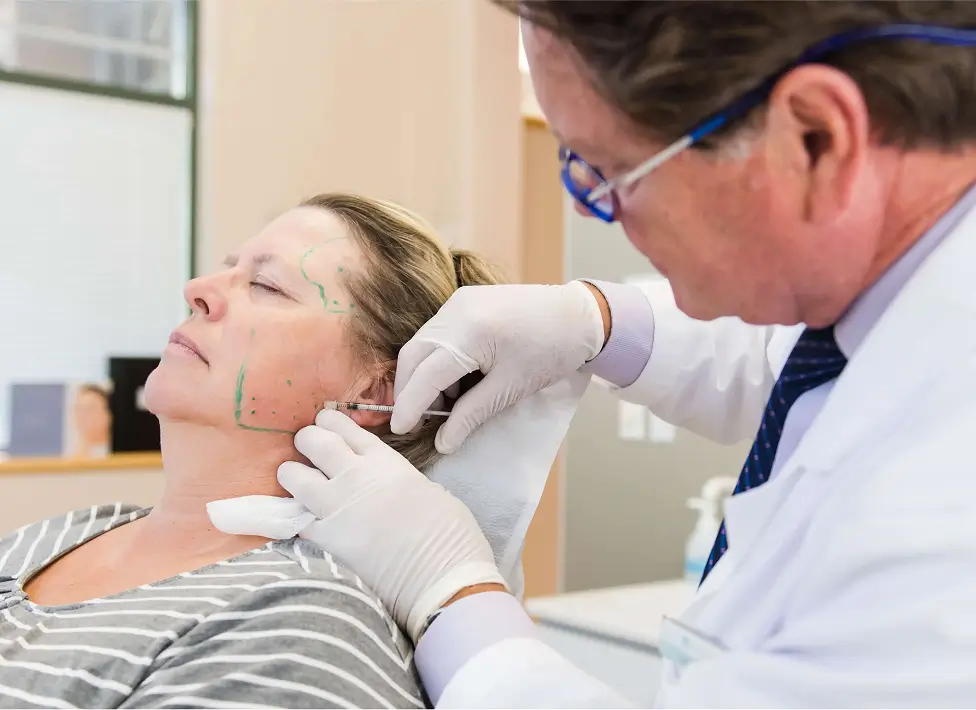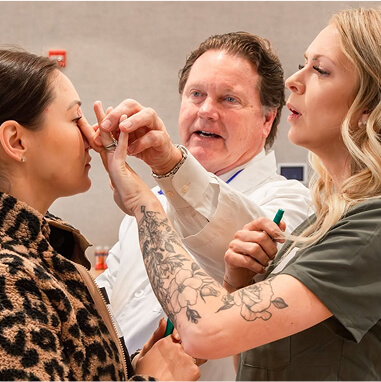You’ve recently completed our Level 2 – Basic Botulinum Toxin course and now have had the training to start offering botulinum toxin (aka Botox® and Dysport®) treatment in your practice. Here are twelve recommendations on how to launch Botox® treatment into your office immediately after the course, and how to keep it integrated within your practice.
#1 – Start with a Team Meeting
We recommend arranging a team meeting on Monday with all team members to discuss the new skill and treatment you will be offering in your practice. Ask for each of your team’s ideas and thoughts on how Botox® would work specifically in your practice. Discuss where you are going to be booking your Botox® patients. We recommend that each practice should be having a team meetings at the beginning of every day. At the morning meeting, you can discuss which patients you think may be potential candidates, and who would might benefit from treatment. Remember, 60% of your Botox® patients are already in your practice. Make sure everyone is on the same page. This will help make your day run smoother, and you will know ahead of time when a Botox® conversation is going to be handed off to you.
#2 – Engage Patients in Your Reception Area
The Botox® conversation starts in the waiting area. Begin by hanging or displaying your Level 2 Graduation certificate hanging on the wall in the reception area. We also recommend that you remove all magazines, and replace them with before and after coffee albums. This will help stimulate conversation about Botox® treatment between patients and the receptionist. It really helps if your receptionist regularly has botulinum toxin treatment themselves. They will be more then happy to share their experience of having treatment, how wonderful the results are – whether it’s for headaches/migraines or for wrinkle reduction.
#3 – Pass the Conversation on to other Team Members within the Clinic
Once the Botox® conversation has started at reception, be sure to continue the conversation through while the patient gets seated in the operatory. When the next team member (ie: CDA or hygienist) comes to seat the patient, make sure your receptionist passes the details on about their conversation with the patient. This is called “handing off the conversation” and is like a baton race. Don’t drop the baton! Figuratively, the Botox® conversation is the baton. Once the next team member has been handed the conversation, it is so much easier to continue the conversation, rather than striking up a new conversation with the patient.
To see the remaining 12 tips, simply log-in to the member section of the online Botox® Study Club.
Your Team is crucial to successfully integrating botulinum toxin treatment within your practice. For more information on how to cross-train your entire team, please visit Botox® and the Influential Team as well as our online Level 1 and Level 2 course for practitioners.







